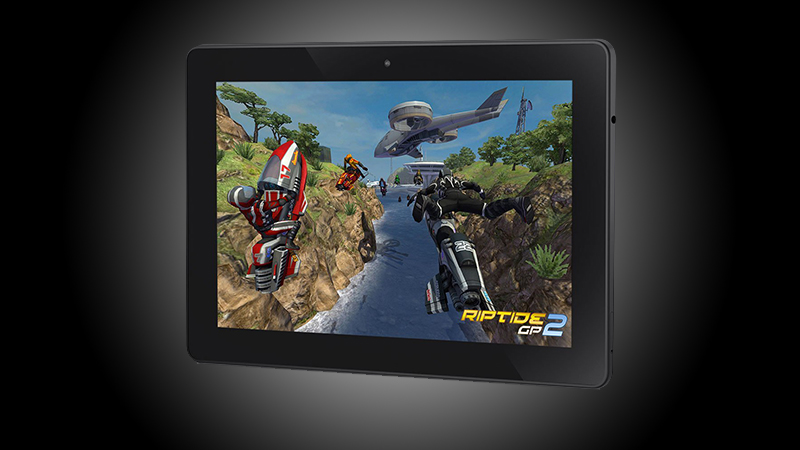The Kindle Fire HDX 8.9 is placed in a price class that makes it a direct competitor to the Nexus 9, the first-generation iPad Aid, and the Samsung Galaxy Tab 8.4. Many would automatically become fans of this slate from Amazon, despite some of its shortcomings. For instance, it is a great mobile tablet for videos, but it is still not quite there when it comes to being a premier Android tablet.
The Kindle Fire HDX 8.9 Falls Short of Being a Premier Tablet
The Kindle Fire HDX 8.9 being mentioned here is the 4th-generation model. When looking at its predecessor for any design changes, you would be hard-pressed to find any. This because, design-wise, the two tablets are completely identical. While it is not necessarily a bad thing as Amazon thinks that “don’t fix anything that’s not broken.” After all, it all feels comfortable to touch and to hold even for a large tablet.
Like its design, there’s no difference in screen quality either. It is still an 8.9-inch IPS LCD panel that has a resolution of 2,560 x 1600 pixels. It still has that impressive pixel density of 339ppi. This is the same resolution found on the Samsung Galaxy Tab S 8.4 tablet. However, the Amazon Kindle Fire HDX 8.9 does not have the more exceptional black levels and colors are given more contrast to associate with the AMOLED display that the Samsung tablet has, but it still has great screen quality.
But what’s new for this 4th-generation model? To start, there’s the inclusion of a Dynamic Light Control feature. While first seen in the HDX 7, it makes a triumphant return to this slate. It is a feature primarily aimed at making it more comfortable for reading your favorite eBooks, no matter the lighting condition. It will essentially adjust the tone and color of the pixels to the ambient lighting. It may be something that’s difficult to notice at first, but it is there and it does a mighty fine job of doing it.
The Kindle Fire HDX 8.9 is more of a critical update rather than an entirely new tablet. But for what Amazon did with it, they did great. There’s so much good to say to it and they firmly stuck with the “don’t fix what’s not broken” notion. Elements that worked with the 3rd-generation are still there, and they have fixed some of those that deemed to be a problem or needed fine-tuning. Still, it would be better if they’ve also fixed its operating system, which obviously needs some finer-tuning.
